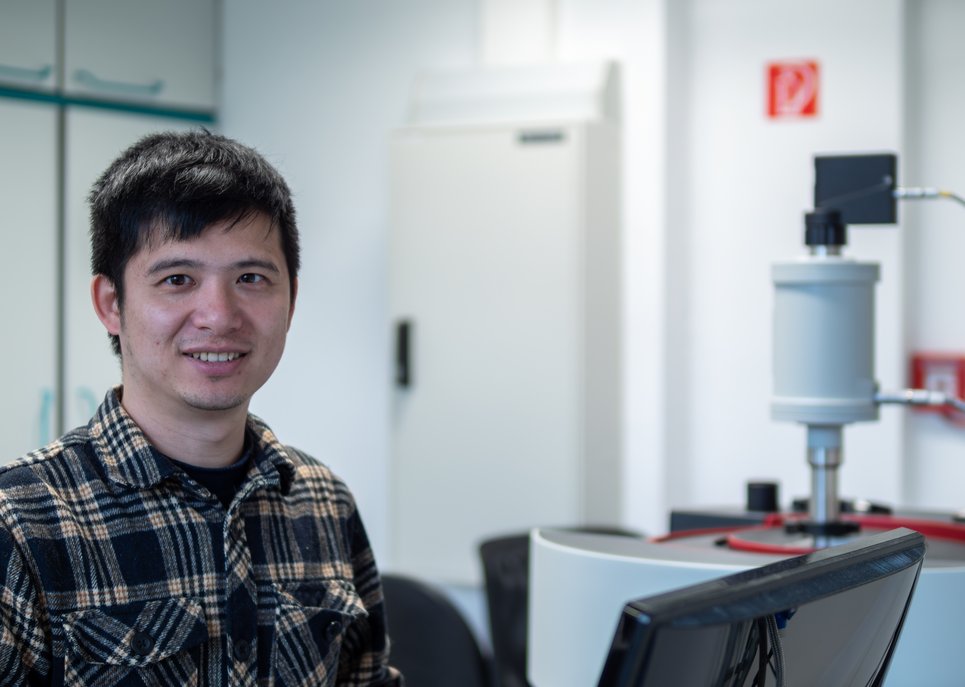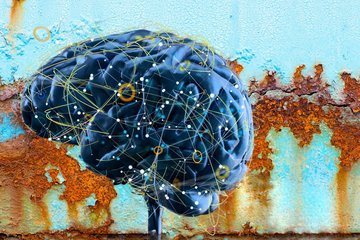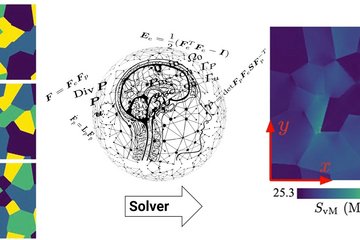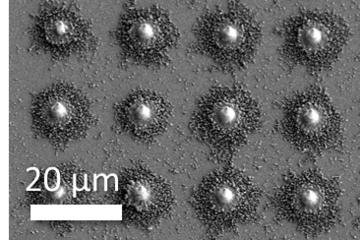Artificial Intelligence: A powerful tool for the future of materials science
Dr. Ziyuan Rao leads the new research group “Artificial Intelligence for Materials Science” at MPIE

Data-driven materials design methods have become increasingly prevalent in the field of materials design. To explore the full potential of artificial intelligence (AI), Dr. Ziyuan Rao will lead the new research group “Artificial Intelligence for Materials Science”. The group currently mainly explores material design, but also aims at uncovering other potentials of AI in materials sciences. But despite its potential, the usage of AI in materials science is limited, as Rao explains: “When it comes to alloy design, the cost of experiments is high and the available database is relatively small, which severely limits the learning ability of machine learning algorithms. The challenge is particularly acute for high-entropy alloys, which exhibit a nearly infinite compositional space. To overcome these problems, we aim to integrate a wide range of AI methods to develop a physical-informed active learning approach that combines machine learning algorithms, theory and experiments in a closed loop.”
Furthermore, the research group will use AI for the purpose of text data mining: “The vast majority of scientific information is presented in written form. The machine-interpretable data represents only a small portion of the available knowledge in the scientific literature. To extract this knowledge, we will apply data mining and language processing. We hope to pave the way for a broader approach to mine scientific literature for materials science purposes”, Rao explains.
Another application of AI is its help to analyze and characterize engineering materials. Usually, scientists have used micrographs, but their manual analysis is time-consuming, lacks repeatability and demands high levels of expertise. Using machine learning methods and neural networks, the group hopes to accelerate the experimental data analysis processing, such as the analysis of millions of data points generated by atom probe tomography.












